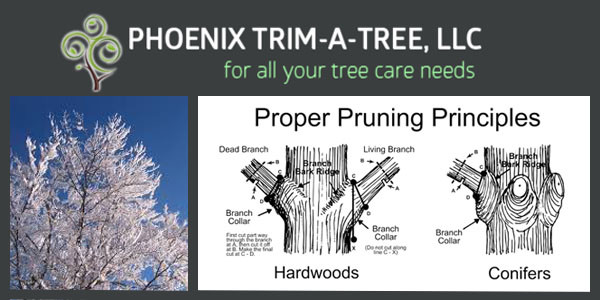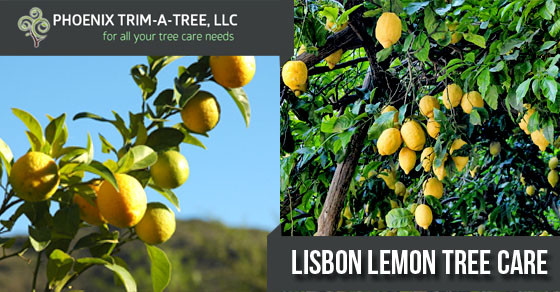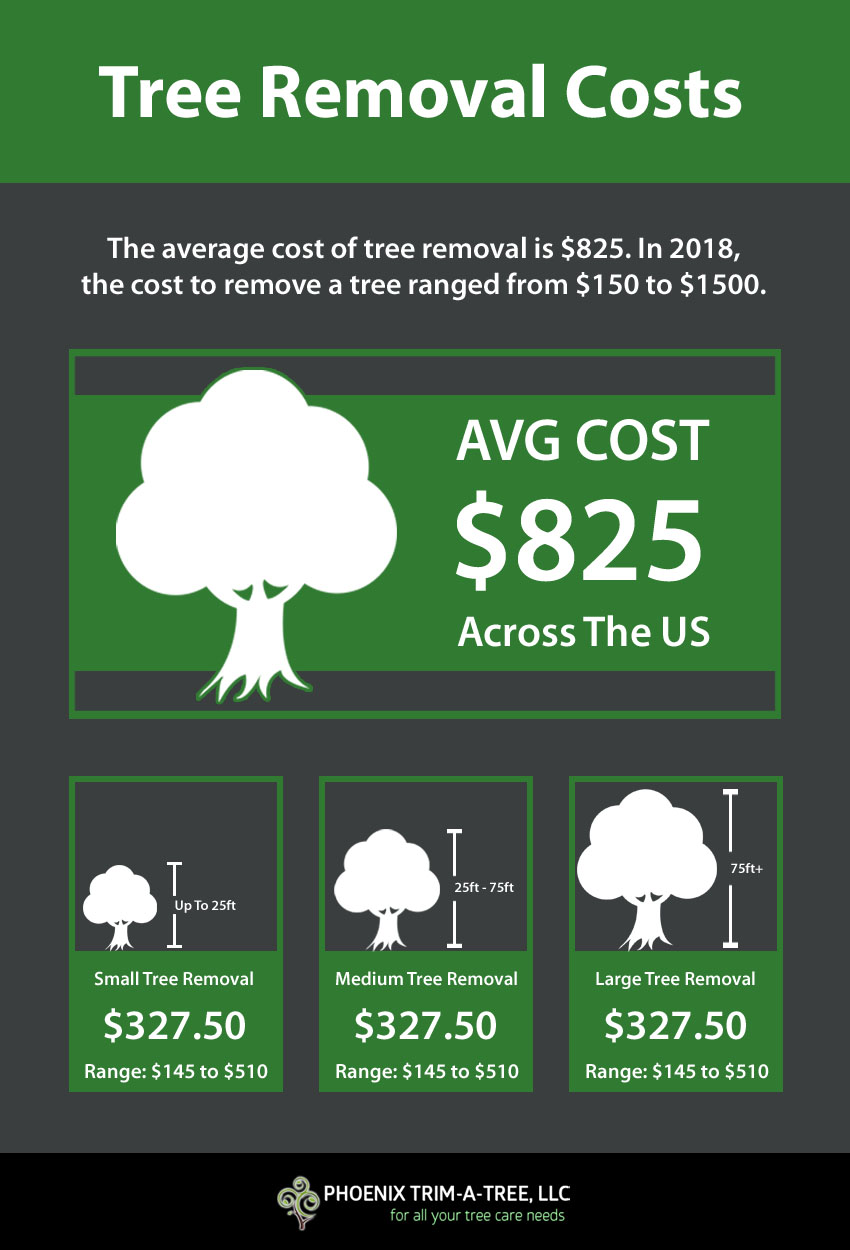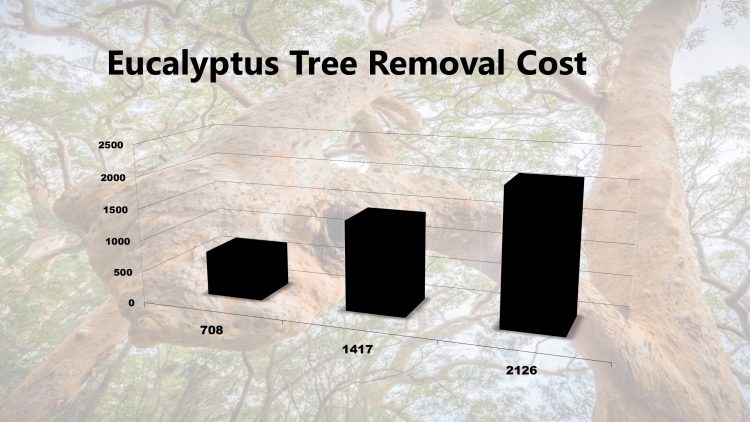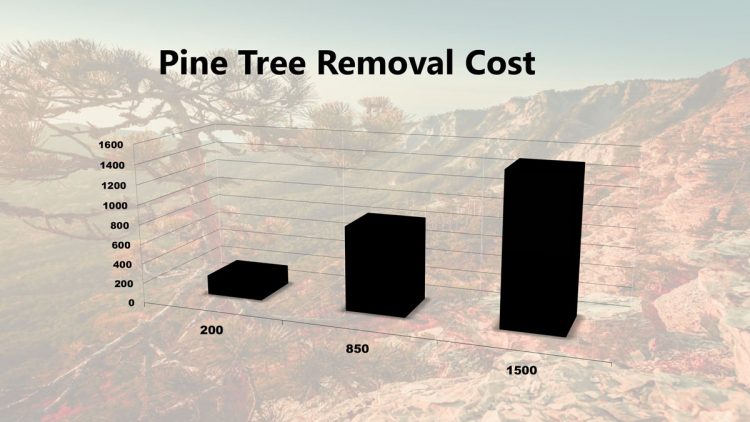Winter Time Tree Trimming & Pruning Arizona
WINTER TIME TREE TRIMMING & PRUNING ARIZONA
GET A FREE ESTIMATE TODAY!
Winter trim tree trimming & pruning in Arizona keeps your trees to attractive and healthy. Winter time is the best time of the year to pay more attention to your shrubs and trees. The leaves should all be gone by now and most plants made out of wood become dormant, making this a perfect time to give them up trim up. This post will help you find how, what and why you should prune.
3 STEP TREE TRIMMING PROCESS
To correctly remove a larger branch of limb from a tree there is a 3 step process. This process was developed by Dr. Alex Shigo, who is a well known plant pathologist and pioneer in what is today’s modern tree care methods. His process that is widely used today focuses on removing branch tissue while ensuring no damage to the bark tissue or stem. Today his methods are used by virtually all commercial tree trimming companies. Correctly trimmed trees and plants produce more fruit and flowers. The right pruning actually helps shrubs and trees steer clear of diseases and pests so you won’t need to care for them as much. Here is a guide on how-to prune any flowering fruit tree or shrub.
STEP 1 – FIRST CUT
The first cut is simply a notch on the underside of the branch near the branch collar. It’s important to not cut all the way through and just create a notch in the underside of the tree. It allows the branch to fall away without the bark pulling and tearing as it falls.
STEP 2 – SECOND CUT
The second cut is the cut that removes the branch from the tree. It should be done about 2 or 3 inches from the first cut. After this cut the branch should fall leaving a short sub. The purpose of removing the branch and temporarily leaving a stub is so the stub can be removed safely without the weight of the branch.
STEP 3 – THIRD CUT
The third and final cut to trim the tree is done just outside the upper branch bark ridge and angles down away from your branch collar. If done correctly this 3 cut method the wounded area will produce a callus that encloses over the trimmed branch area.
TREE TRIMMING NOTES
It’s important to follow through and remove the stub left after your second cut. Leaving a branch stub will lead to decay and or delay a tree from closing the wound made by trimming. It’s important to not cut into the branch collar or bark ridge when removing a branch or limb. If the branch collar is wounded during the trimming it opens your tree up to diseases.
INVIGORATE YOUR TREE IN THE WINTER TIME WITH PRUNING
During the dormant season – pruning in the winter invigorates shrubs and trees because it gives plants extra energy reserves due to the extra root which will ensure new growth on the pruned branches. Pruning in the dormant-season is good for yourself as well because you see the branches clearly without leaves in the way. It also gives you a reason to get out of the house during the mild cold days. Here is a quick list of trees and shrubs you can safely prune from winter until spring. Also, a list of tree you shouldn’t prune in the winter season.
TREES YOU CAN PRUNE IN WINTER
- Crabapples
- Bradford & Callory Pears
- Poplar
- Spruce
- Sumacs
- Bald Cypress
- Junipers
- Cherries
- Honey Locust
- Plums
TREES YOU CAN PRUNE IN LATE WINTER
- Summer Flowering Trees
- Hydrangea Paniculataand Arborescens
- Fruit Trees
- Roses
SHRUBS YOU CAN PRUNE IN WINTER
- Beauty Berries
- Mallow
- Camellias (After They Finish Blooming)
- European Hornbeam
- Glossy Abelia
- Euonymous
- Hydrangeas
- Barberries
DON’T PRUNE DURING WINTER
Some trees “bleed” or ooze sap when pruned in late winter or early spring. While oozing sap is not dangerous to the tree, it can make a sticky, dirty mess, especially on parked cars. Prune these trees in summer or fall:
- Maples
- Birches
- Dogwoods
- Walnuts
- Elms
WHAT NOT TO PRUNE IN LATE WINTER
- Spring Flowering Shrubs
- Spring Flowering Trees
- Hydrangea macrophylla
- Once Blooming Roses
- Gardenias
- Bleeding Trees
THE RIGHT CUTS DURING WINTER
- Remove dying or dead branches.
- Prune out diseased and damaged limbs.
- Cut back overgrown branches where you mow or walk so they don’t fall off.
- Prune of small branches where two cross.
- Make sure thin branches are allowed air and sunlight.
MAKE SURE AND CUT BELOW DISEASED OR DAMAGED AREAS AND DO NOT PRUNE WET PLANTS(WATER SPREADS DISEASES). TO BE EXTRA CAUTIOUS MAKE SURE AND RINSE TOOLS WITH 10% BLEACH WATER SOLUTION.
PRUNING DO’S
Do cut angles that mirror branch collars-the spot where the truck and branch meet. Cut branches next to branch collars. If you make the cut correctly you will notice a circle shape of callus that will swell around that very spot. Do cut bigger branches in the three different parts. Start with cutting off about 1/3rd of the branch to lower the weight. This makes ensures that you don’t hurt you back or break your saw from trying to hold up a heavy branch. Lastly, undercut the stub so the bark wont rip when the stub falls. The final cut should be made from the top and beside the branch collar but not cutting into it.
PRUNING DON’TS
Don’t leave cut down stubs behind. They invite insects and can cause disease to move to your health tree tissues. Don’t cut the top off of your trees, a tree with a flat top doesn’t look right and it will grow weaker when the new sprout grown instead of healthy branches. Cut the tree naturally and let it grow towards the sky.
WHEN TO SEEK ADVICE FROM A PROFESSIONAL TREE EXPERT
Most pruning work can be done by home gardeners and do-it-yourselfers. You should call a tree trimming company if any of the following apply.
• YOU CAN’T MAKE THE CUT FROM STANDING ON THE GROUND OR WITH POLE PRUNING TOOLS
• YOU PLAN ON PRUNING TREES OR SHRUBS THAT ARE CLOSE TO POWER LINES (VERY DANGEROUS)
• YOU HAVE STORM DAMAGE WITH HEAVY TREE LIMBS THAT ARE UNSTABLE OR STILL HANGING FROM THE TREE
Needless to say, if you are thinking of pruning your own trees and shrubs during the winter season, go ahead and do so. Just make sure you’re safe, and if you need a tree professional, please give our team a call!

